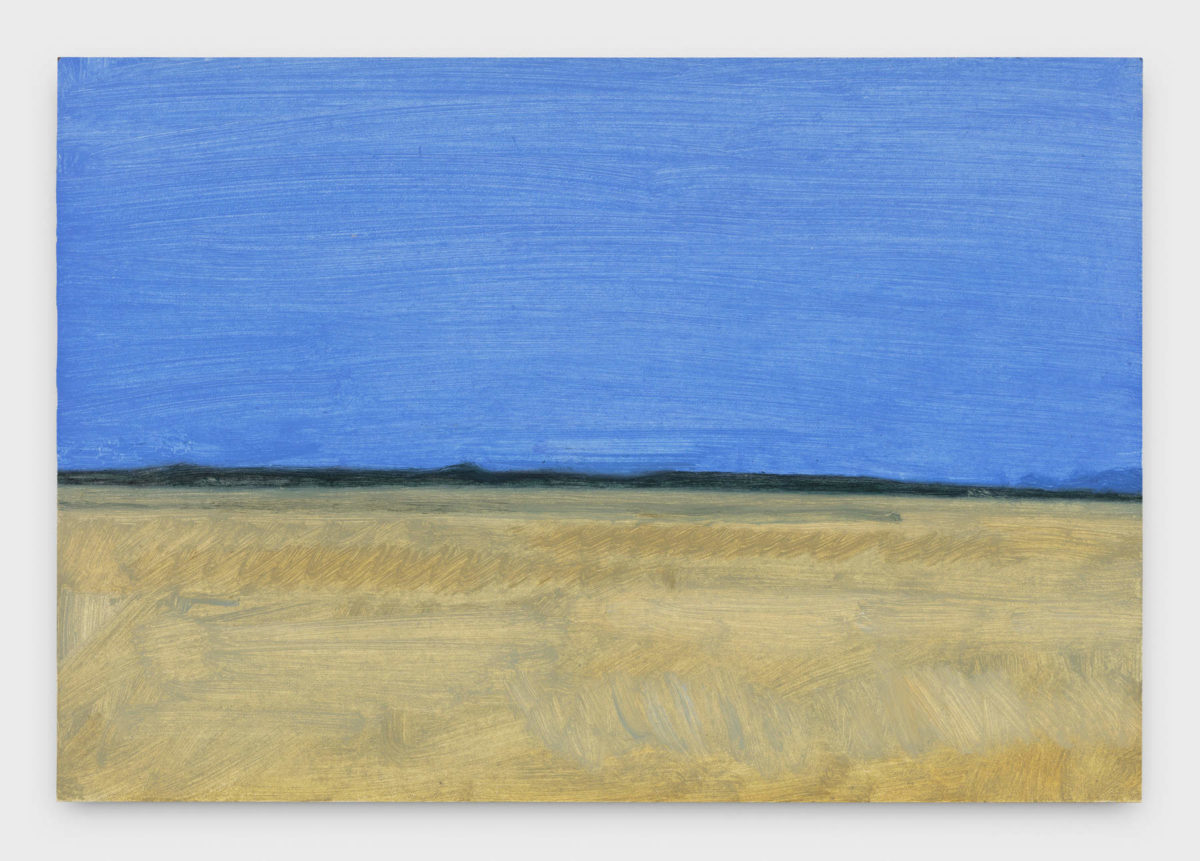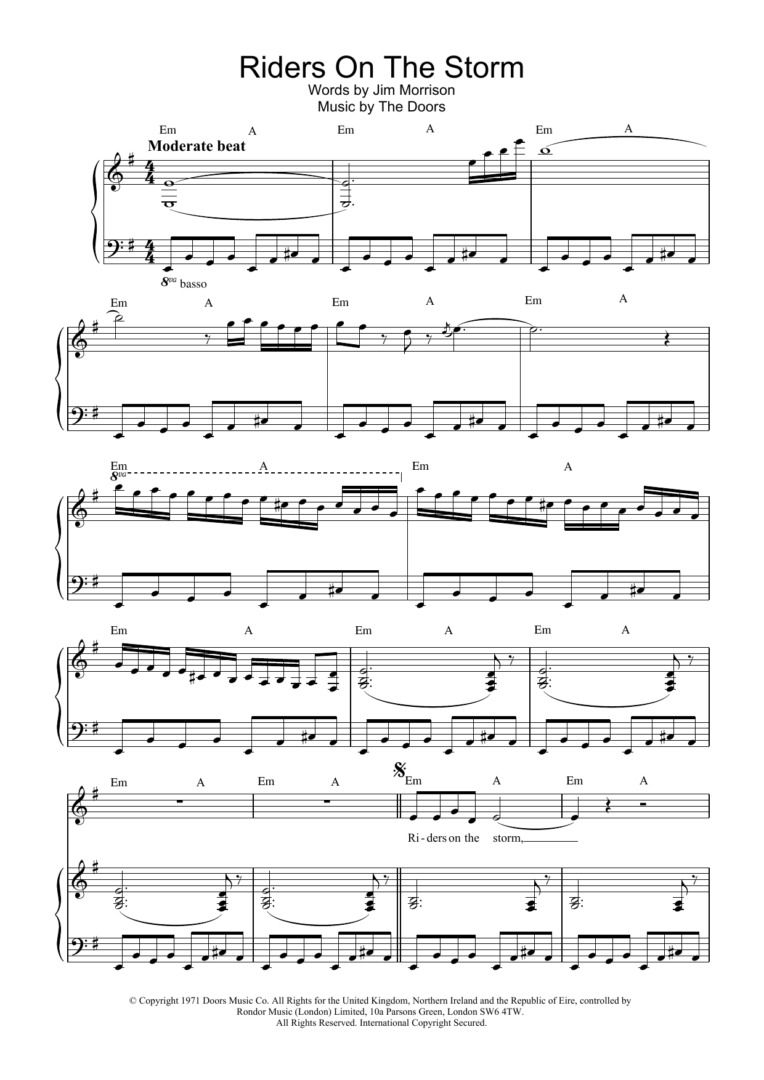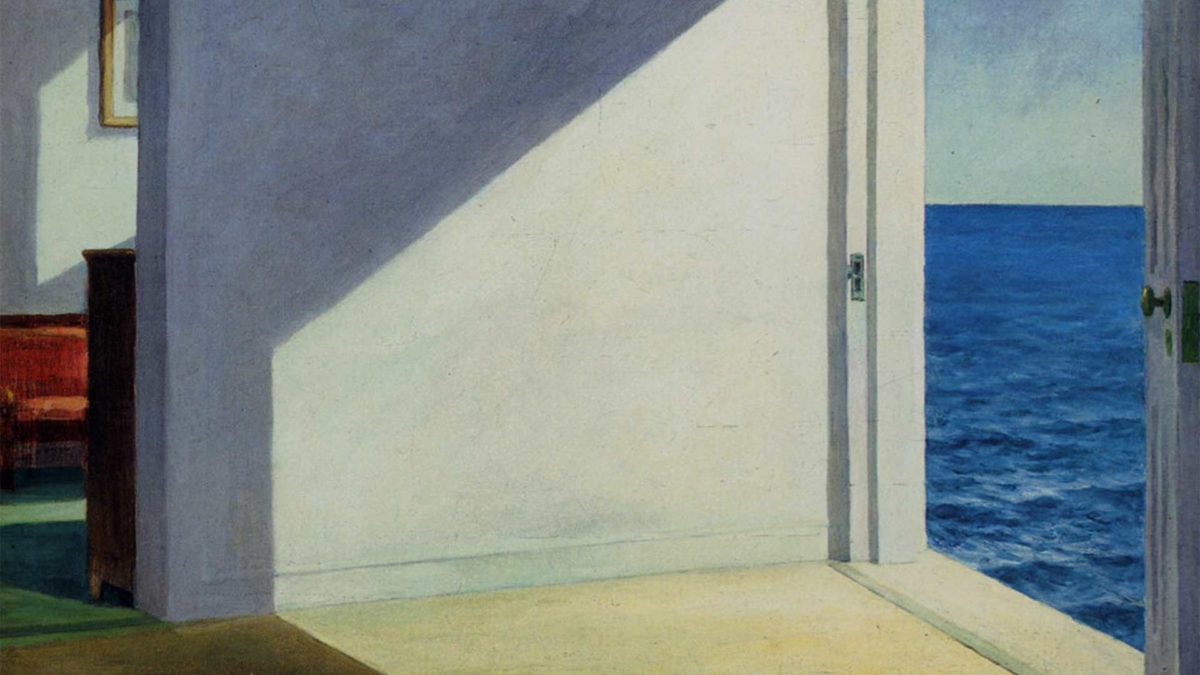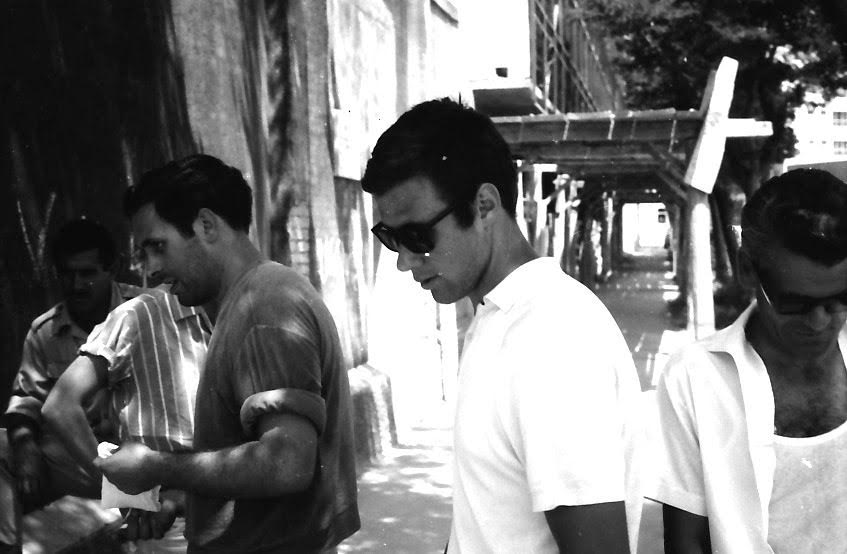I.
“I’ll be there in 10 minutes,” I messaged Nzedma, the organizer of the interview, in response to her query about my whereabouts. She replied, “Great, Nakić is at the Meeting Point, drinking coffee, waiting to be interviewed.” This must mean something—not merely the exchange, but my memory of it, I am not sure what at the moment. The truth about Vjekoslav Nakić is and forever will be, he knows how to wait. It is a skill but incredibly undervalued. It’s not merely the act of dispensing time or letting it pass by, but letting it accumulate, in all of its gravity, without allowing it to wreak upon the one who waits a steady resentment, anger, or worse, a state of despair. It is also the fact of knowing how to wait—of allowing things to come to you when they will—to withdraw from the universe one’s imposition upon it.
I had seen his films and I knew, Nakić could wait.
“I am a chemical engineer, actually,” he later told me. I studied at that point in time at film.factory, Béla Tarr’s famed film school, and the classroom was populated by eighteen men and three women—all of us competing for the same set of limited resources: a 4K camera, administrative support, Béla’s attention, etc. I am not sure if the gender ratio has anything to do with it (it does) but the atmosphere within that class was territorial and competitive—it wasn’t easy, I will tell you that. Kaya and I would often meet at Café Paris and discuss how difficult it was for people like us, who hadn’t registered for the competition, who wanted to take our time, who wanted to reflect and make, make through reflection. Anyway, that’s how film schools are. Sarajevo was still fine; in Germany, I hear students kill themselves owing to the pressure. You’d think this was the only type of school where they didn’t, but they did, and what to do? So when Nakić told me he is a chemical engineer, actually, a strange sort of relief washed over me. I would convey this to him, but not immediately. Instead, I responded,
“What, really?”
“Yes, I am a chemical engineer and now I am old, but you know, I live on the island of Prvić and I take care of my wife. She is not always well.”
We sipped on our coffee and took our time. He resumed, “I made films only for a few years, but not after that.” Another sip. “Well, do you have any regrets that you couldn’t?” I asked, always anxious, always a careerist, Indian middle class. “No, actually. I had fun.”
Perhaps you don’t know what effect this sort of conversation can have on a young filmmaker, bound as we are by notions of success, fame, power, influence—the ability to exact our notion of cinema upon this world; a megalomania that brews untethered, unhinged. The fact that he laid it out as an activity contained within a specific period of time in his life, but whose residual aura would loom over its entirety, untied a few knots in my own head. This is incredible, because this makes the whole act of filmmaking akin to the pursuit of a hobbyist, a committed amateur. It means that the stakes are low—there is chemistry to actually do—and so the filmmaking in itself can be freer, radical, intuitive and more carefree. Another filmmaker who visited film.factory (and who had won the Golden Palm) charted on the blackboard of the classroom for us his year-long scheme to win the award and how he executed it step-by-step—in aesthetic, moral, economic and political terms. But this wasn’t that. This wasn’t the instruction manual or ‘how to’ approach at all; it was the opposite, and that meant something.
This also segues into the fact that Eastern Europe, more than any place in the world, has embraced amateurism in cinema as a valid aesthetic. The Kino klubs that dotted the landscape of erstwhile Yugoslavia were a yield of Tito’s policy-based prioritization of scientific and technical education as the basis of a new country. A few preliminary heroes employed semantics to forge a remarkable coup: they convinced People’s Technique, or Narodna Tehnika, the government organ responsible for the implementation of this idea, to subsidize filmmaking clubs as centers of science and technique (well, they are, but you know what I mean). Three of them were the most prolific and were based in: Split, Belgrade and Zagreb.
Young, amateur filmmakers flocked here to watch and discuss films together and then, with the resources allocated to them through state sponsorship, produce their own, short-length ‘technical’ experiments. The fold of the film clubs included such filmmakers as Ivan Martinac (who would emerge later as one of its main protagonists), Dušan Makavejev, Kokan Rakonjac, Tomislav Gotovac, Slobodan Šijan and Miroslav Bata Petrović—some of whom would later cause the eruption in the country of the so-called Black Wave. Martinac’s vision was the central propellant of this entropy, for he “edited films by other authors (around thirty titles), organized film schools and courses for new members, contributed to the foundation of Split’s cinematheque and the first film edition, Split’s production houses and the professionalization of Split’s amateurs,”Split Film School – 60 Years of Cine Club Split (1952-2012), published by Kino Klub Split, 2012 thereby ensuring for the club an enduring relevance within the cultural ecosystem of erstwhile Yugoslavia, and now, the Balkan film landscape.
This epicenter of activity and circumstance is where Nakić organized his practice. He belonged to the second generation of filmmakers at the Kino klub Split—termed the ‘golden generation’, he reminds me—before later transferring to Belgrade.
Over a seven-year run, he produced a number of titles (seven of these are available on YouTube on a channel named after him, but operated by his son, Branislav Nakić, himself an editor). These included Tetraedar (1967), Poslije Potopa (1967), L’Abandon (1967), Sloboda (1966) and the seminal Konverzija (1970), Kompozicija (1970) and H (1973).
II.
At the end of the meeting, Nakić assured me of friendship, and asked me, though I suspect out of a certain kind of geniality resident in his nature, to visit him at his house on the island of Prvić (where he spends his summers, and the internet is weak).
The thing with Nakić’s films is that they are suspended in eternal time. Duration is after all not merely a statistic, but an articulation of its own feeling. Can you feel time? Not merely its length, but the weight of its passage—its diversity of evocations. “Your films remind me of the afternoons of my childhood in India,” I responded to Nakić’s greeting to me in the coffee shop. This took the old man by surprise, but I meant it—I wasn’t being facetious or throwing a cute aphorism his way. The films literally do operate in a register that seems very familiar to me; especially in terms of how they evoke the hot summer passages of my childhoods spent in border towns of the country. Time rests heavy on them, as it did on those, analog-era afternoons. Duration is after all its own self, without a shroud.
Nakić was sure to relay that his films were in fact the yield of a conscious design, a theory, a dogma, even—he called it the ‘cinesthetic glow’, which I suspect is a series of lesson-plans shared among and inherited by generations of the amateur-filmmakers in the film clubs where his talent had been first reared. “It is comprised,” he said, “of seven separate elements…” (he detailed these in an email later and I paste verbatim):
- Shot duration/length,
- Framing (from extreme close-up to extreme long distance shot),
- Camera angle,
- Movement of camera (from totally still to…),
- Movement in a shot (from no movement at all, photograph, to…),
- Light intensity, color etc., and,
- Sound.
This was revealing, but I also suspect that as in the case of Ozu, Hutton, Akerman, Loznitsa, Shindo and late-era Kiarostami—filmmakers Nakić shares a spiritual lineage with—a stern theoretical framework facilitates, eventually, liberation. This is to say, the employment of a fixed model (the affectation of stipulated boundaries, rules and codes) to arrive, finally, at work that evokes within a viewer a feeling that is automatic, intuitive and most significantly, primitive—and therefore, universal. Its richness is derived not from information or context, but is resident within the archive of animal memory that the audience shares with the filmmaker, and is therefore replete with a priority for sensuality, movement, rhythm, shapes (see: L’Abandon, which establishes mobile cargo—people, trains, goods—as choreography): the universe resolved to its essence.

III.
I wondered why Nakić cared at all. It is not odd to be invited to people’s houses, but perhaps this had been too brief a meeting for him to have taken to me so warmly. He took a sip from his coffee and then resumed an answer that I neglected to note and therefore have no record of anymore. He invited me to Prvić and suggested we work on a film together, “the next summer, a film on the history of experimental film in the Balkans, what say?”
He infuses each composition in his film with a distinct ceremony—this is important. The universes of his films are caught within the ritual of the eternal event: a man walks across the screen in profile, a train enters the station, a train enters the frame, the train stands motionless, the man walks across the narrow passageway between stationery bogeys, the wind billows, causes foliage to flutter—small, sovereign movements rendered eternal through their suspension in circular time. They are telegraphed and finite, but bleed into the infinite, through repetition and through an unlinking of an action with its outcome (things and gestures in Nakić are irreducible; they signify nothing beyond their own occasion). Duration as its own expression. He takes another sip from his cup, and by now, who knows, maybe he is drinking from an endless reservoir.
It was on the journey from Zagreb to Split by bus that I met Sasha, a Croatian immigrant who lives in Munich. He made his living as a dealer of sunglasses in the region, and the company was doing well. He tried selling me a pair but it was January, and there was hardly any sun in Croatia. Anyways, he missed Germany now that he was in Croatia, but when he was in Germany, he missed Croatia.

IV.
“When I was a child, I would often take the train to the coast.”
Nakić grew up in Drnis, a railway town, surrounded by trains and all of the paraphernalia that abounds in a town where life is organized around the railway tracks: a station, passerby trains, ticket collectors, engines, tracks, the grass beside them and the signal-whistles. The iconography of his films is resplendent with these motifs, doomed to recur and recur again—in order to constitute a permanent archive of his childhood. He and I are fifty years apart in biological age, but his films become the site of a curious intersection across/in/through/of time: they store within themselves an evocation of both of our childhoods.
Midway through the journey, we stop by a coastal town. Sasha and I have become friends. We get down for a smoke and as contemporary initiation rituals go, we are up to the performance: we promptly click selfies. He tells me he needs to take a leak and leaves me for a bit. The bus is parked and the driver is nowhere to be seen. There is not much to do and it is a little chilly, so naturally, I decide to walk around. Only a few meters later, I see a wooden board with distinct lettering:
“PRVIĆ.”
This is the pier from which passengers can embark on a boat to the island of Prvić, where Vjekoslav Nakić stays, and here I am. The invitation he had forwarded to me more than a year ago in the coffee shop in Sarajevo occurs to me. The incident of this sighting took place three years ago now—contained within this single instance is not only the memory of the coffee shop, but also of the life that would follow it, marked by a singular regret of not having waited for a boat when I perhaps could have. The instance as a module of all time: one may choose to define a film by its stipulated runtime, but a few will bleed profusely—and a dense blood at that—into the forever.
Nakić’s films—especially Konverzija and Kompozicija, his two most accomplished works—subscribe to the thesis of circular time, in their conscious withdrawal from the regime (or tyranny) of chronology. The shots that constitute these films do not follow one another or do not exist to install the notion of continuous, unbroken action, but instead, as a series of separate, isolated sensations. In this, there is no hierarchy of significance imposed upon them—they are all equally useful, equally useless. They are pure material, in that their primary pleasure is only skin-deep: characters move in profile across the screen, a train enters, patterns emerge, geometries erupt, and the image disappears and is replaced by another one—a steady, unobstructed flow. The soundtrack, unsophisticated and mechanical (and thus, incapable of associations or diegetic conclusions; produced from inlet tubes and metal sheets) further levels the possibility of emphasis or distinction—all elements exist individually, by themselves, as themselves, and nothing more at all.
V.
The bus enters Split and we disembark. I stick to Sasha for a bit and we smoke. I get the feeling that he is now suspicious of me. Maybe I am trying to pawn something off of him or maybe I will steal his stash of sunglasses. Whatever the thought may be, he distances himself slyly and after passing off some general, forgettable advice on “things to do in Split,” splits.
(I sent him the selfies we had clicked three years later when I chanced upon them as detritus on my CF card, but I still await his response. I can wait.)
VI.
Foliage billows across all of Nakić’s films: trees, leaves, shrubs, crops, crops by the train tracks—a scheme of cosmic objects that resolve into steady, thickset patterns across the frame and cause the film to curdle into heightened sensuality, into poetry (in H, Nakić renders the flora erotic—the pleasure is therefore now in the textures, the arrangement of the fundamental molecules). Throughout his films, Ozu would summon the cosmos to weigh in on the lives of his (human) characters; sequences of abject sentimentality would be bookended (offset is a cruel world—but perhaps, offset) by sudden images of what filmmaker Amit Dutta terms the ‘inessential’: crops, clothes, the ocean, a lamp, an animal. The historical parlance of cinema terms these images ‘pillow’ shots, but clearly does not belie enough acknowledgment for a strategy that diffuses the tyranny of linear time within a film—it is not merely a device to frame the human condition within the context of the cosmos, but also to state that regardless of the fate of this story, the world goes on. A similar impulse would permeate the films of Kaneto Shindo too, who would undercut an ongoing, dire apocalypse of human morality with images of crops as they billowed in the wind—there is that, but there is this. A historiography of the images of nature in cinema perhaps deserves another consideration altogether. Suffice to say that Nakić would hold a place of honor within it.

This is evidenced in Sloboda, which constitutes a remarkable destabilization of the conventional experience of time, but remains a film that is enraptured by an overarching feeling—of a peculiar dismay, confusion and an existential decay that seems to permeate through most of Nakić’s films. It is radical in its scattering of a single event across history, through the enactment of successive cycles of construction and then destruction of cinematic time. It exists therefore as a document of an action that will remain embalmed within the state of permanent performance. This allows the film to manufacture its strong emotional produce. This habit permeates through Poslije Potopa too, which remains Nakić’s clearest statement of vision, in terms of its assimilation of the tapestry of his private rituals: lights appear, gothic monsters enter from the distance, industry dots the landscape, nature continues to resist, and in the recesses of this chain of events, young men wander in and disappear, lost, thinking.
VII.
He takes another sip from the bottomless cup.
There isn’t much more left to say but we have time. I am aware that this may be the last time we meet, but I have separation anxiety and I promise to meet him soon, somewhere. He has lived long enough to know that this may never transpire and that a promise is often an expression of a fantasy. But this is okay. He can sense my anxiety—he can understand young men when he sees them in profile.
He reassures me of a future, “If you come to Croatia, do come visit me in Prvić.”
And then, with a pause,
“I will wait.”
